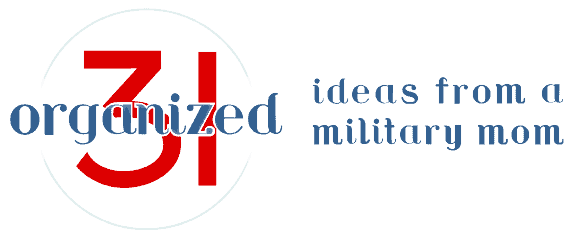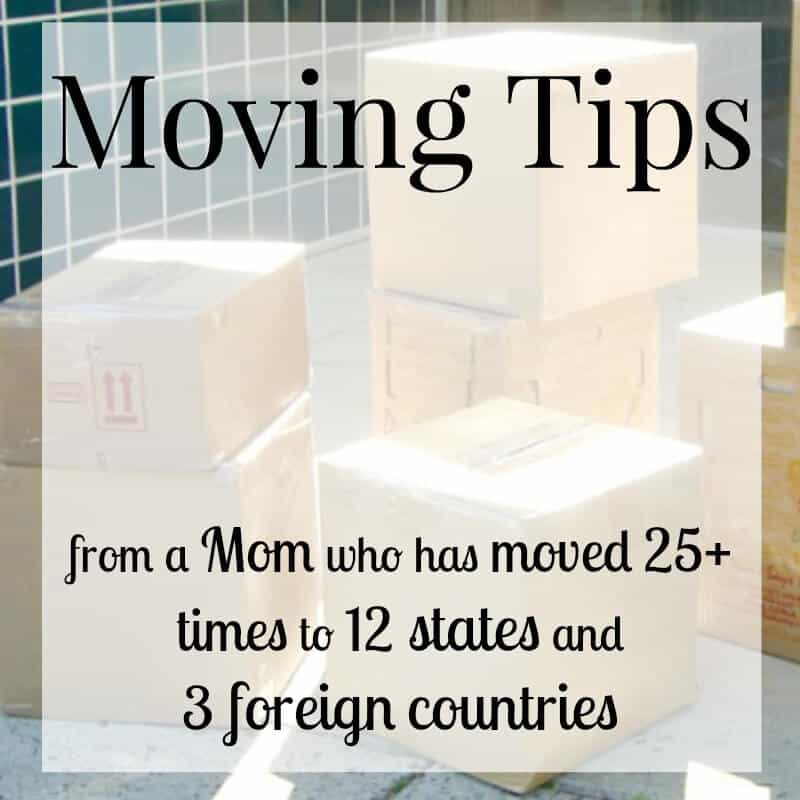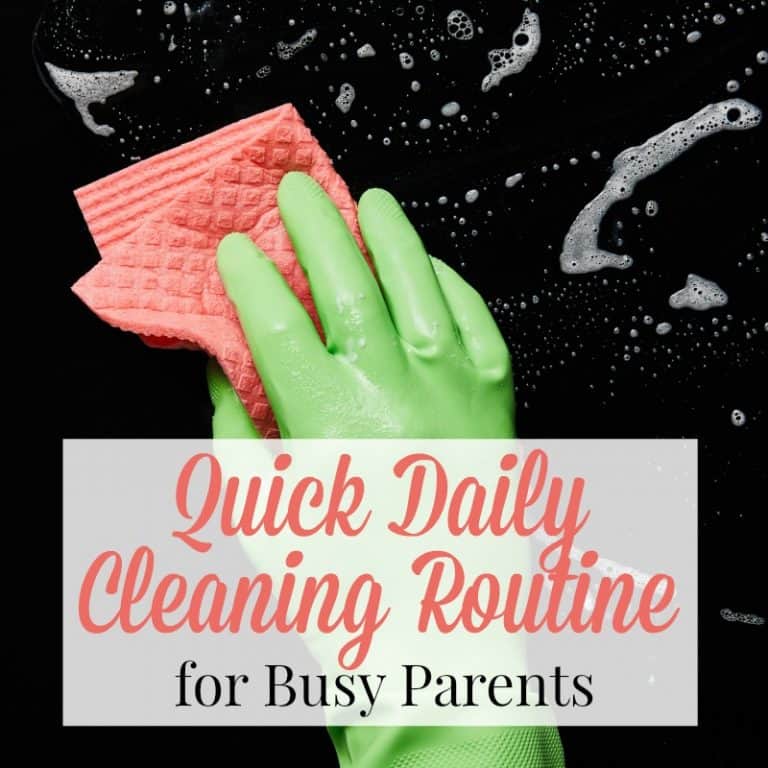How to Stay Organized During the Home Buying Process
This post may contain affiliate links provided for your convenience. We earn commissions if you shop through the links on this page. I am also an Amazon Associate and earn from qualifying purchases Read my full disclosure policy.
Disclaimer: This post is sponsored by PSECU, a Pennsylvania-based credit union.
Buying a new home is a stressful process for most people. It’s possibly one of the biggest items you’ll purchase in your life. At the same time, it’s easy to let emotions get in the way of your buying decision. However, if you’re organized, you’re more likely to make a wise investment instead of buying on impulse.
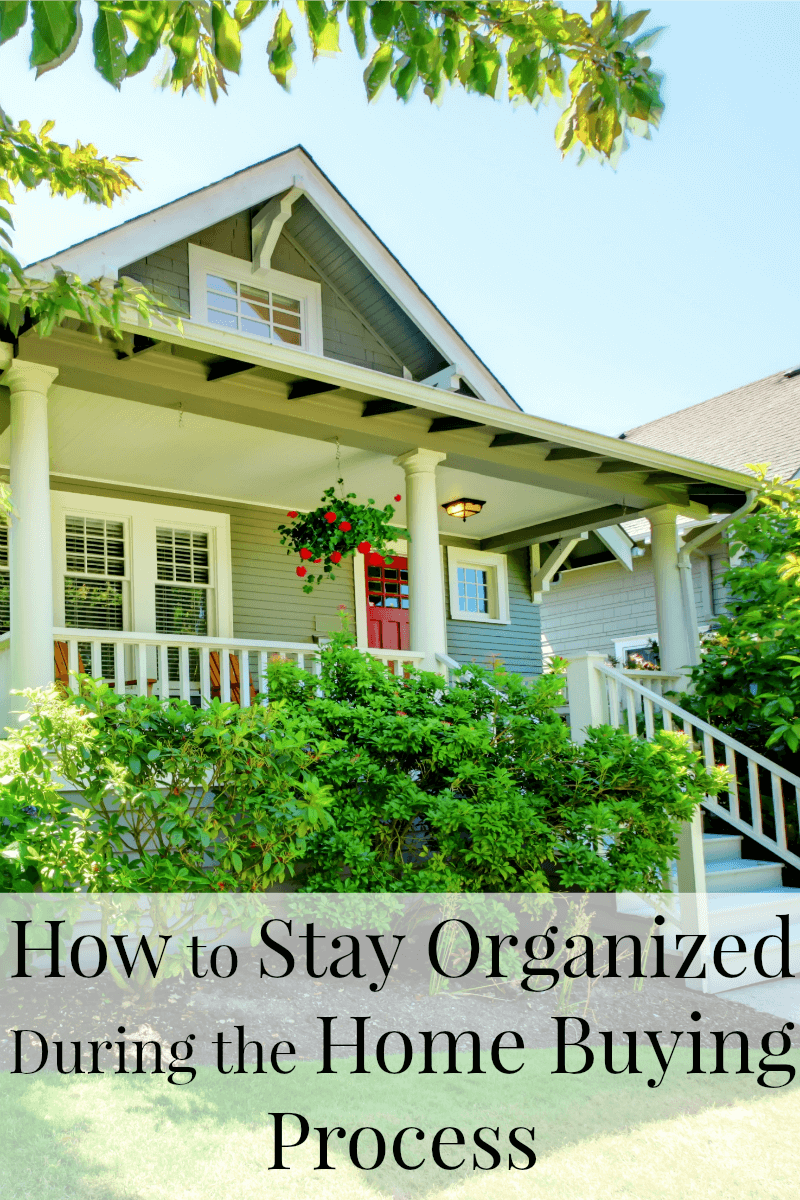
Securing a mortgage alone requires finding and sorting through multiple types of paperwork. There are some clear ways to stay organized during the home buying process.
How to Stay Organized During the Home Buying Process
1. Start Online
About 90 percent of home buyers start the buying process online, and securing a mortgage shouldn’t be any different. An online search allows you to sort through the terms for different lenders, including estimated closing costs and how much it costs to buy points.
2. Gather Your Information
Some of the information you’ll need to secure a mortgage includes pay stubs, tax returns, statements of other debt, such as credit cards and your credit report. Your credit score and the amount you have for down payment may impact the interest rate available to you.
3. Keep Everything in a Single Location
Since you’ll need to access personal information multiple times, keep everything in a single location so it’s easy to find. For print copies, use a binder and tabs to sort everything into categories. For digital files, create a folder on your desktop and use additional sub folders to sort items into specific categories.
4. Study the Types of Mortgages

Take the time to study and save details on the types of mortgages available. Information you want to gather includes fixed versus adjustable mortgages as well as the length of the mortgage. Understand that a shorter mortgage is paid off much more quickly and saves you interest but the monthly payments will be larger. You’ll also need to decide between conventional and government-backed loans. PSECU, a credit union in Pennsylvania, put together this helpful cheat sheet on the different types of home loans.
5. Understand Your Payment
Being organized is about more than just putting your paperwork into a binder. You also need to fully understand how you currently spend your money and what your budget entails so you can easily understand if you can truly afford that new house payment or need to go for a smaller one.
Keep in mind that you’ll have additional costs outside of the house payment, including mortgage insurance, escrow for property taxes and home insurance, home owners’ association (HOA) fees and regular maintenance on your home. Most experts recommend that your mortgage payment should be no more than 20 percent of your net income each month.
6. Create a Checklist
Make a checklist of the steps needed to buy a home. Items should include looking at a wide variety of homes, what things you feel you must have in a new home, the mortgage process and the steps before closing, such as getting a home inspection and securing home owner’s insurance.
Stay Organized When Buying a Home
The more organized you can be, the less likely you are to forget an important step in the process. Create a plan, find the perfect home and be completely happy with your investment.
For my top moving and travel tips, hacks and printables check out the table below. You can scroll though the table and look for ideas or search for specific ideas with the magnifying glass in the upper right-hand corner (on desktop). Click on the topic and then click through the specific article.
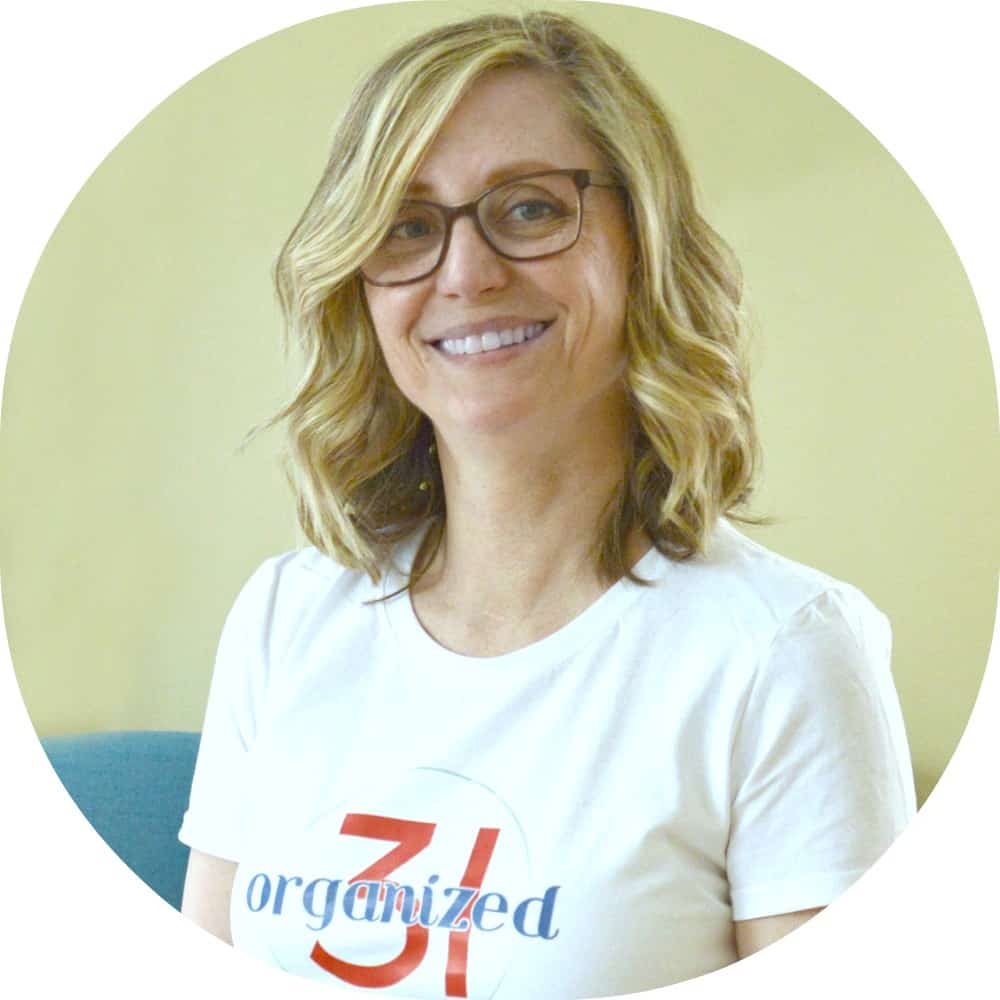
I’m a mom of 3, a veteran, military spouse. I’ve moved into 20+ homes all around the world. My passion is helping busy people make the space and time for what’s really important to them. Learn more about Organized 31 and me.
